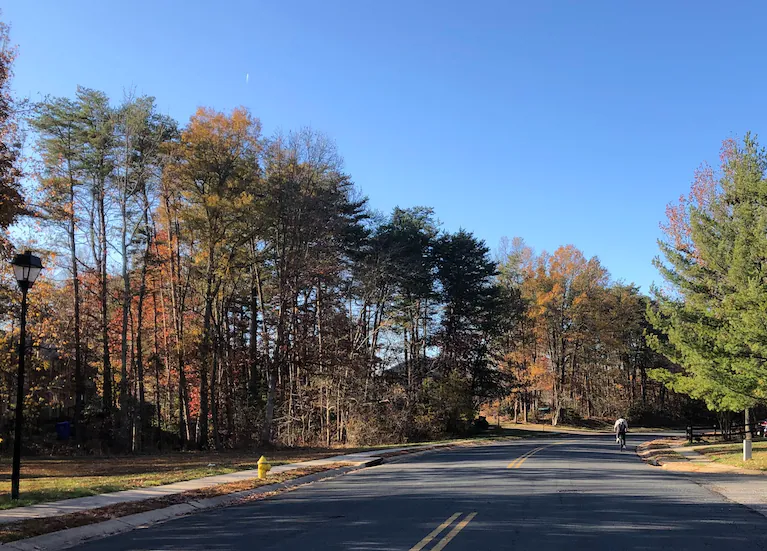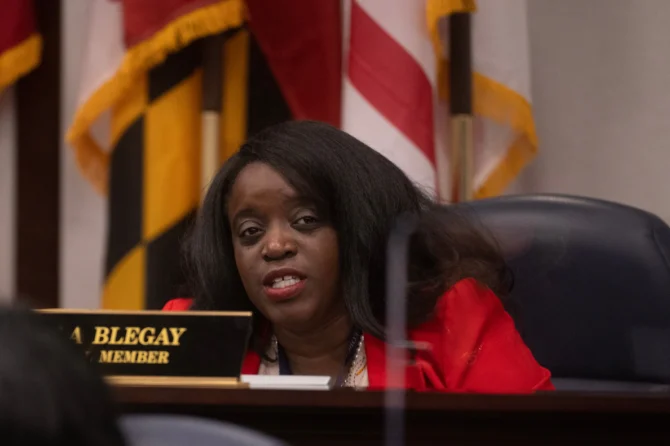When the suburbs opened up after passage of the 1968 Fair Housing Act, Prince George’s County became the default destination for middle-class African Americans leaving the District in search of manicured lawns, big houses and the suburban lifestyle.
Over the next 20 years, the Black share of the population more than tripled. The once rural, predominantly White Maryland county on the District’s eastern flank gradually transformed into the richest majority-Black county in the nation, becoming a potent symbol of Black advancement — proof that, stereotypes aside, prosperous suburbs didn’t have to be White.
But is Prince George’s still the richest majority-Black county in America? Answering that question launched a long and winding quest that I’ll spoil here: It isn’t.
Once confined to Prince George’s County by a combination of discrimination and other factors, high-income Black Americans now have other options. And they’re spreading out.
These days, Charles County boasts some of Maryland’s highest incomes, and its Black population is soaring. The typical household in Charles — a former tobacco-growing county that stretches south from Prince George’s to the broad tidal Potomac — pulls in $104,000 a year, easily outstripping the median income of $86,000 in Prince George’s and the national median of $65,000. And many indicators suggest that Charles became majority-Black during the pandemic, if not earlier.
The 2020 Census marks Charles as 49.2 percent Black, up from 18.2 percent in 1990. But the 2020 count, scrambled by the coronavirus and whipsawed by Trump administration directives, undercounted the Black population nationally by 3.3 percent and over-counted Whites by 1.6 percent.
A separate Census Bureau source, the American Community Survey, put Charles at 50.6 percent Black by 2019. A statistical wonder of the modern world, the ACS interviews more than 2 million households a year, and underpins the Census Bureau’s most-cited economic and demographic estimates. The ACS didn’t calculate 2020 figures, as the pandemic interrupted its regular data collection, but its one-year estimates show an obvious trend.
This article was written by the Washington Post, to read the full article click here.
Photo: Trees line a road in Charles County, Md. (Hannah Natanson/The Washington Post)










